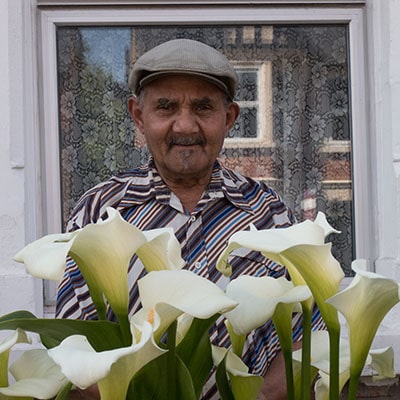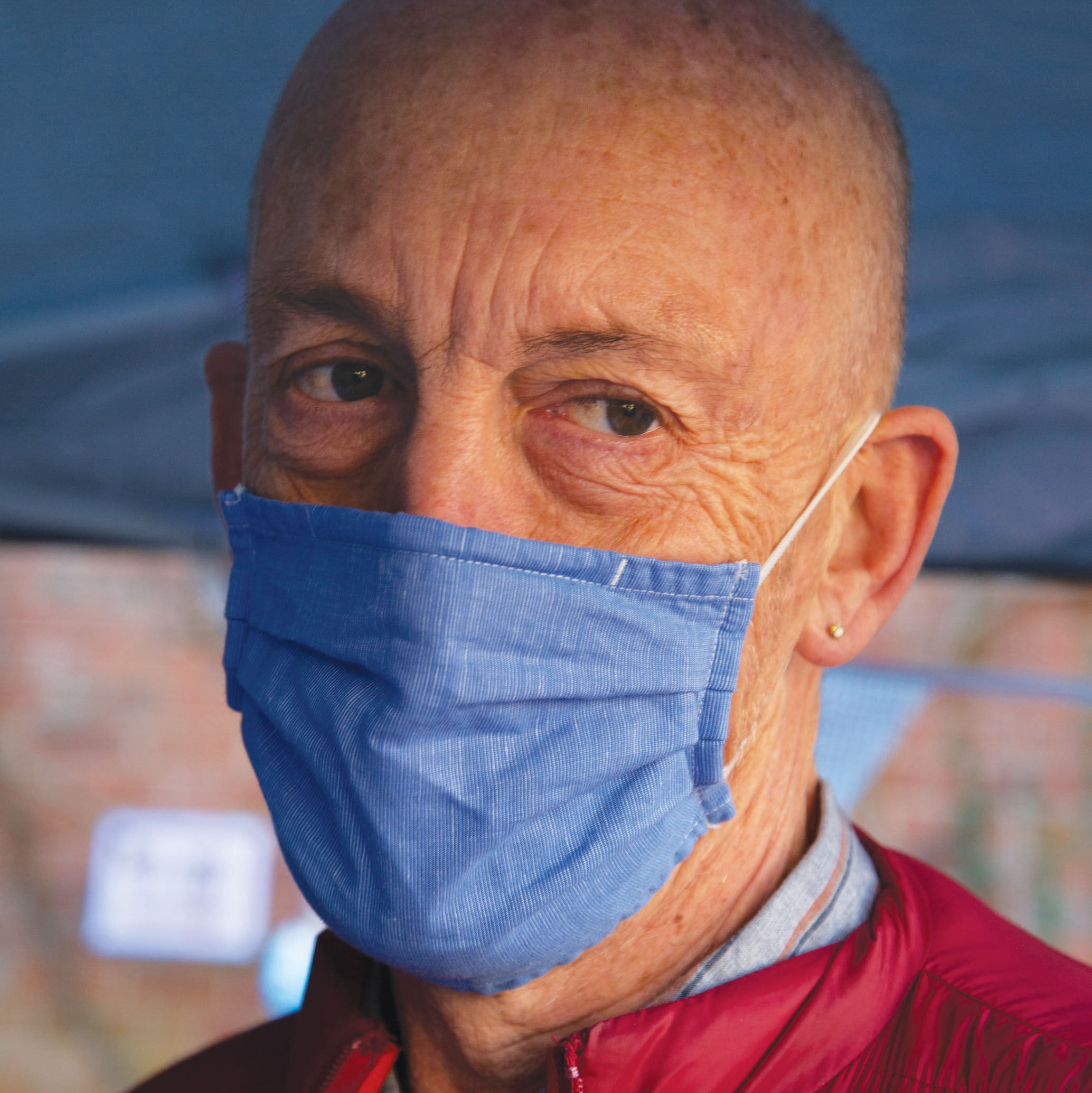A Henry Moore in my garden
A few weeks ago I took a trip down to Camberwell in south east London to see my daughter on her birthday and visit her new flat. On checking the map and tube links I realised that one of the quickest ways to get there was by tube to Oval and then walk. The walk took me right past where I used to live in the 1970’s , the Brandon Estate in Walworth. I lived there from 1977-79 on the fifteenth floor of one of the massive tower blocks, Prescott House. By and large the experience was positive; the flat had fantastic views, was roomy, warm and quiet. I enjoyed the proximity to central London and got stuck into community politics including being co-editor of a fairly scabrious magazine ‘South Circular’, and secretary of my local Labour Party branch. Nonetheless the area then was very far from gentrified, and suffered from the attentions of the National Front. Indeed the only reason I and my flatmate got such a GLC flat in the first place was because it was ‘hard to let’. But it had a balcony on which we grew tomatoes in a gro-bag, and we had a Henry Moore in the garden. Yes really. In fact it was and still is, ‘Two piece reclining figure no3’ (1961). I remember being very struck by it; when we moved in the lifts didn’t function. It was half way through a protracted lift engineers strike so I had plenty of opportunities to view it from various heights and angles as I toiled up and down those fifteen flights of stairs.
The idea of a Moore sculpture in such a location was very much part of the post war approach to planning and community building. As well as three enormous tower blocks, the estate, designed by William Morris fan Ted Hollamby (so much of a fan indeed that he bought and lived in the Red House in Bexley, William and Jane Morris’s first house), included a range of modern streets, some older renovated ones, a church, pub, shopping centre, community hall and library. And that sculpture. Which was complemented as I recall, by a giant totem pole for in the centre of the children’s playground. The LCC was in the habit of commissioning such art works as the centre-pieces of its estates, but this one was which was installed in 1962 when the estate was completed, was at £8,000 by far the most expensive commission they had undertaken until then. Indeed Ted Hollamby was reportedly pretty annoyed as the shopping centre included a mural of the the Chartists meeting at Kennington on 10 April 1848, designed by him, which basically only got a fraction of that sum allocated for materials and installation.
Moore liked it and spent quite a bit of time coming up with different options for its installation. In an interview in Atlantic Monthly the year after its installation he said: ‘I realised what an advantage a separated two-piece composition could have in relating figures to a landscape. Knees and breasts are mountains.’ Almost forty years after I was living on the estate, the sculpture is still there and looking just as impressive as I walked through it in the gloaming of an early Spring evening. It made me realise that I still hanker after having a Henry Moore in my garden again.

